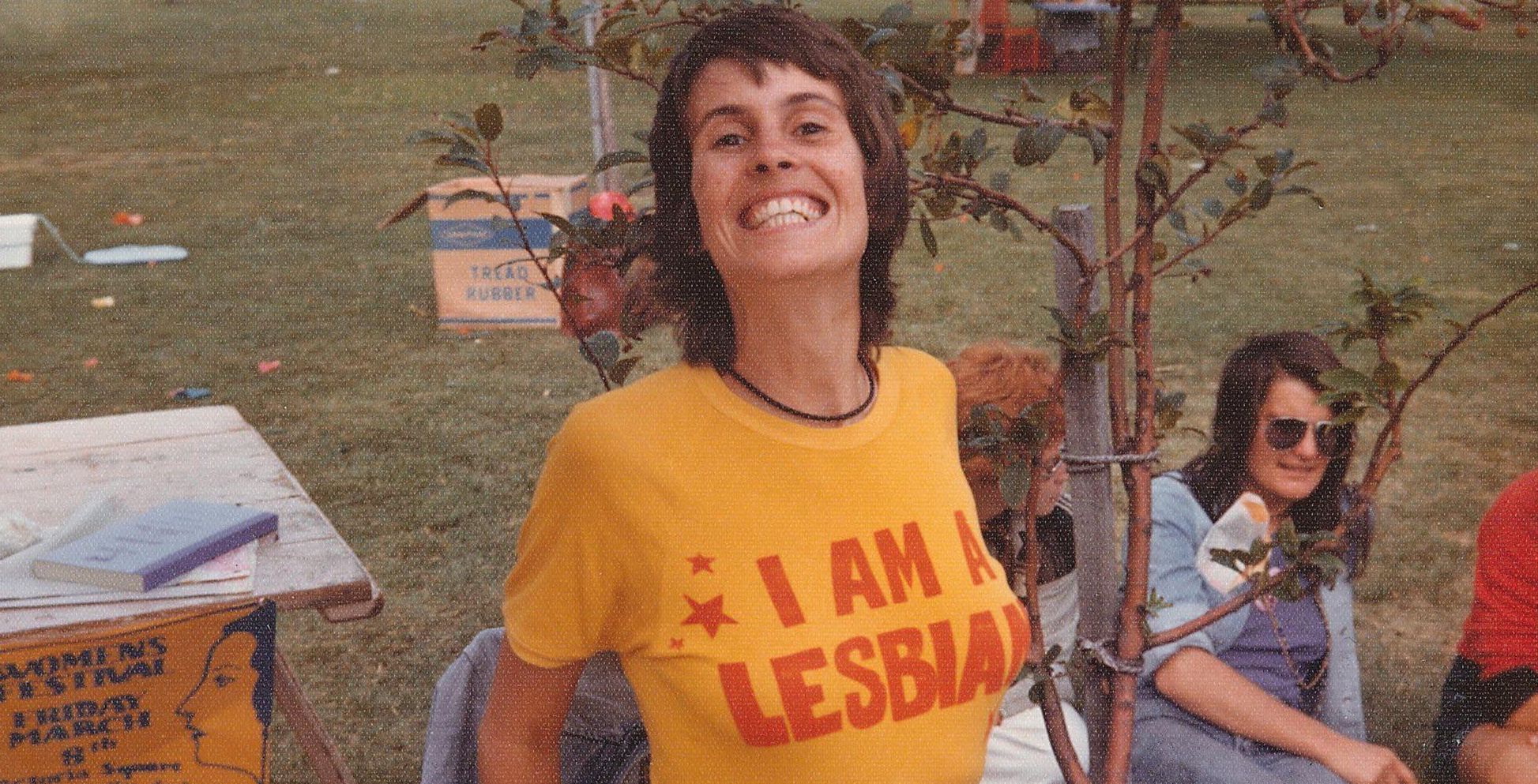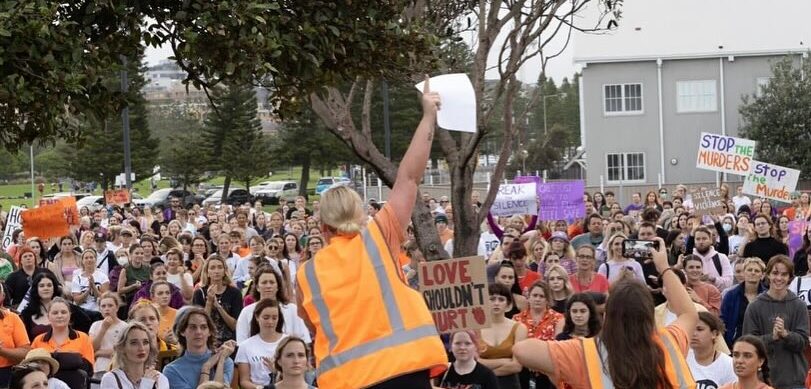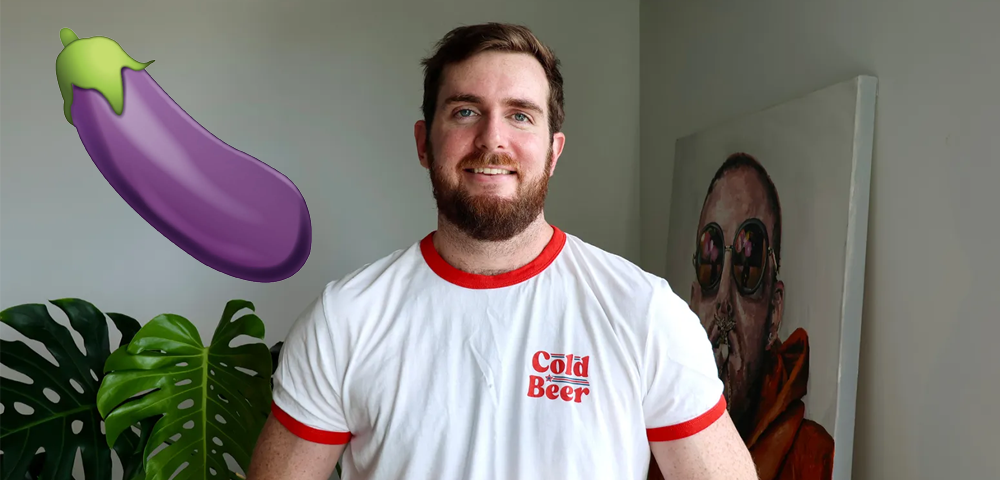
Do we need a Lesbian Visibility Day?

This Friday, April 26, has been deemed Lesbian Visibility Day.
The exact origins of this international day are mysterious and many lesbians may not realise it exists.
Some people – lesbian, gay, bisexual, transgender, intersex, queer, or otherwise – may even question the need for this day in contemporary Australia.
Lesbian Visibility Day offers a useful opportunity. It can draw attention to the specific health and wellbeing needs of lesbian women and promote their rights.
To be truly meaningful though, it needs to be part of a wider effort and not merely tokenistic. It must address the historical position of lesbian women, their diversity, and the multifaceted types of discrimination they may face.
The day should also acknowledge that much of the progress made by the lesbian community was achieved in alliance with others from the LGBTIQ+ community. Many within that community still contend with significant legal, medical, and social discrimination.
On May 17 each year we mark International Day against Homophobia, Biphobia, Intersexism and Transphobia (IDAHOBIT). This day allows the LGBTIQ+ community to stand together in a public way to emphasise the impact of prejudices on a broad cross section of Australian society.
Beyond tokenism
On the surface, the situation for those identifying as lesbian or queer is better today than it was even a decade ago.
The Australian marriage equality movement placed lesbian women at the centre of a highly visible (albeit incredibly distressing) nationwide campaign. Even advertisements for products as ordinary as ice creams now show women marrying.
Depictions of queer women in popular culture are increasing, with shows like Supergirl and Brooklyn 99 and movies such as The Favourite.
The popular series The L Word, one of the first Hollywood shows to focus on the lives of lesbian and queer women back in 2004, is being revived.
The content of these representations has also improved. We’re seeing a departure from the endless trope of “dead lesbian syndrome” – the elevated likelihood of lesbian characters being killed off, seen most notably in the fate of the character of Tara in Buffy the Vampire Slayer.
A Lesbian Visibility Day must emphasise the positive impact that representation in media and popular culture has on health and wellbeing, playing a critical role in reducing social isolation and fostering inclusion.
However, for such a day to truly play a role beyond tokenism, it must encompass diverse voices and acknowledge intersectionality.
While lesbian women contend with the dual pressures of sexism and homophobia, lesbian women from diverse racial backgrounds, transgender lesbian women or women with disabilities, for example, may also experience racism, transphobia or prejudice.
A day of lesbian visibility is also an opportunity to acknowledge lesbian and queer history.
For too long, lesbian women have had their sexuality erased or their contributions minimised. While the UK has a month focused on LGBTIQ+ history, Australia has yet to take this step.
Few Australians would be aware of the Daughters of Bilitis, for instance.
Formed by lesbian women in Melbourne in 1969, they were considered to be the first homosexual rights group in this country. Many might also be unaware that lesbian women served in the military for decades before the ban on LGB service was lifted in 1992.
More work to do
While days like this and International Transgender Day of Visibility are important, improving the visibility of lesbians cannot be achieved in one day. It must be part of a broader effort.
While there have been significant gains, serious issues still affect lesbian (and queer) women in Australia.
First, there is sexism that comes from both within and outside the LGBTIQ community and the erasure of women’s sexuality as they age.
Lesbian women also continue to experience a range of poorer health and wellbeing outcomes.
They are at greater risk than their heterosexual peers of experiencing abuse and violence, poorer mental health outcomes, homelessness and increased rates of drinking and drug-taking.
There is clearly much more work to be done.










International Lesbian Day on 8 October has been celebrated in Australia since 1990 so it’s interesting that we now have a Lesbian Visibility Day, in this age of the ‘Disappearing L’ world wide, even though lesbians have not been informed of its existence till now!
“The Australian marriage equality movement placed LGBTIQ+ people at the centre of a highly visible (albeit incredibly distressing) nationwide campaign. ”
I and numerous others would respond: except for when it erased groups like trans, bi, people of colour and threw all these groups under the bus.
Who speaks for whom?
Most importantly, when will those who sold out others acknowledge that and talk about how they will do better?